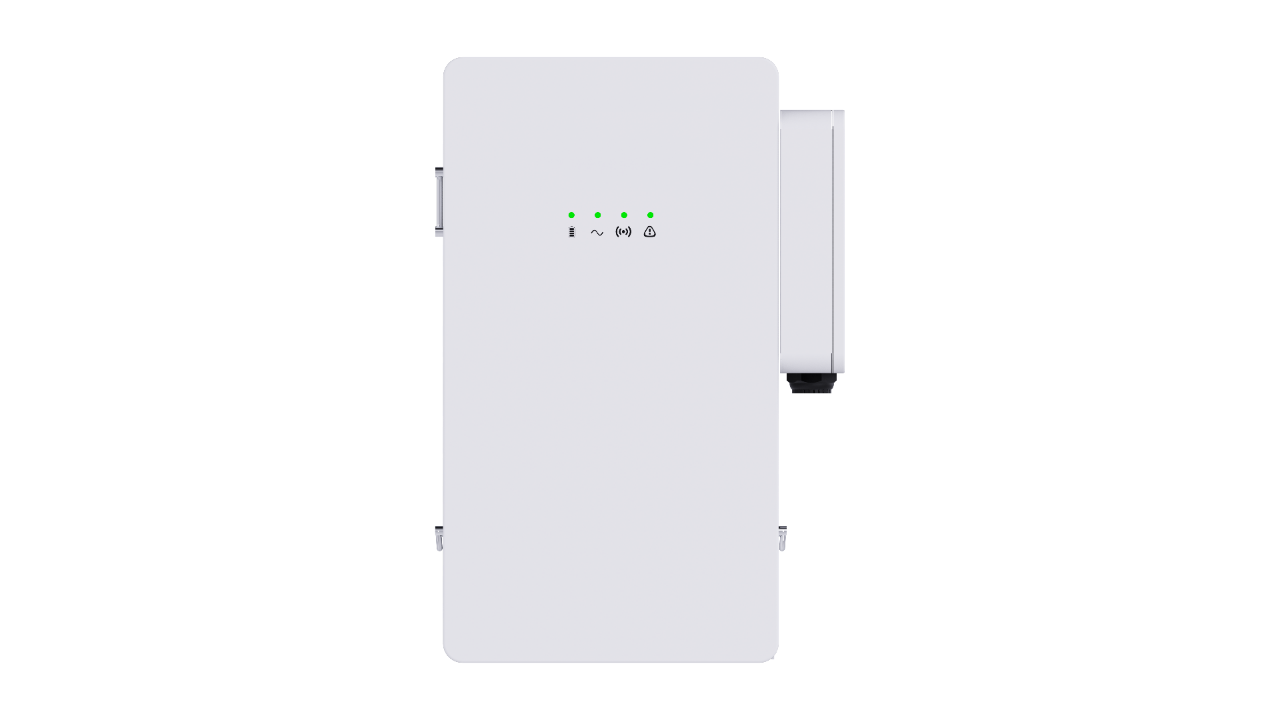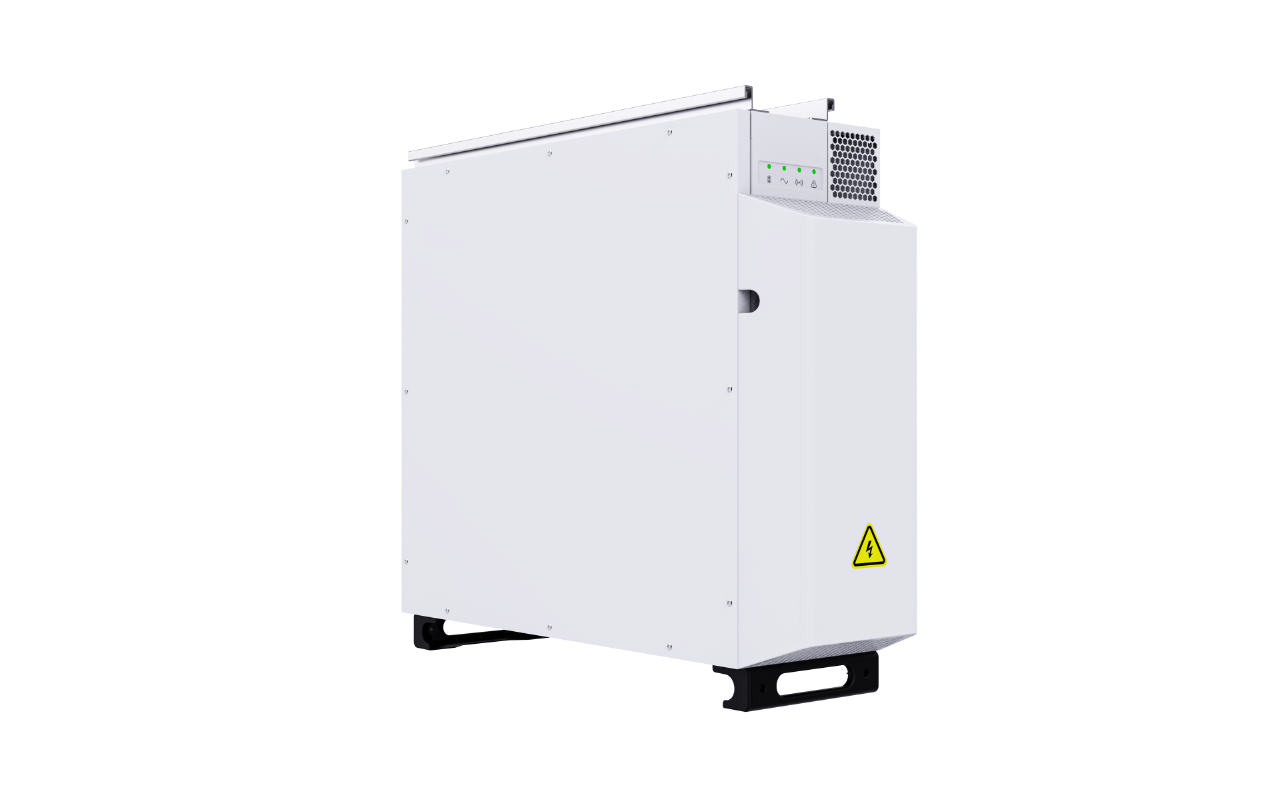Understanding PCS Energy Storage Converter in One Text
In the process of accelerating the achievement of dual carbon goals and building a new type of power system, energy storage technology is gradually becoming one of the key technologies supporting the stable operation of the new power system and optimizing resource allocation. Among them, the PCS (Power Conversion System) energy storage inverter, as the core equipment of the energy storage system, directly affects the overall efficiency and stability of the energy storage system in terms of its performance and application. This article will provide in-depth analysis and interpretation of the definition, working principle, main characteristics, working modes, application scenarios, and future development trends of PCS energy storage inverters.
Definition of PCS Energy Storage Converter
PCS energy storage converter, also known as Power Conversion System, is a key equipment in energy storage systems, used to achieve energy conversion and bidirectional flow between energy storage batteries and the power grid. It can convert direct current into alternating current or vice versa to meet the charging and discharging needs of the energy storage system in the power grid. The PCS energy storage inverter plays the role of a "bridge" in the energy storage system, connecting the energy storage battery and the power grid to ensure the efficient and stable operation of the energy storage system.
Working principle of PCS energy storage inverter
The working principle of PCS energy storage converter is mainly based on power electronics technology, which achieves the conversion and bidirectional flow of electrical energy by controlling the on/off of switching devices. When the power grid requires the energy storage system to discharge, the PCS energy storage converter converts the DC power in the energy storage battery into AC power and outputs it to the power grid; When the power grid requires the energy storage system to charge, the PCS energy storage converter converts the AC power in the grid into DC power and stores it in the energy storage battery. During the charging and discharging process, PCS energy storage inverters also need to perform precise power control and energy management based on the needs of the power grid and the status of the energy storage batteries to ensure the stable operation and efficient utilization of the energy storage system.

100k energy storage inverter
Main characteristics of PCS energy storage converter
1.Efficient energy conversion:
PCS energy storage converters adopt advanced power electronics technology and control strategies, which can achieve efficient and stable energy conversion and bidirectional flow. Its conversion efficiency is over 95%, which can significantly reduce the operating costs of energy storage systems.
2.Precise power control:
PCS energy storage inverters have precise power control capabilities and can adjust in real-time according to the needs of the power grid and the status of the energy storage batteries. Through precise power control, PCS energy storage inverters can achieve fast response and precise regulation of energy storage systems, improving the stability and reliability of power systems.
3.Intelligent energy management:
PCS energy storage inverters also have intelligent energy management functions, which can intelligently schedule and optimize based on the load situation of the power grid and the status of the energy storage batteries. Through intelligent energy management, PCS energy storage inverters can achieve maximum utilization and minimize losses of the energy storage system, improving the economy and environmental friendliness of the entire power system.
4.Flexible configuration and expansion:
PCS energy storage inverters adopt modular design, which can be flexibly configured and expanded according to actual needs. By increasing or decreasing the number of modules, precise adjustment of energy storage system capacity can be achieved to meet the needs of different application scenarios.

180-210k Energy Storage Converter
Working mode of PCS energy storage inverter
1. In grid connected mode, bidirectional energy conversion between the battery pack and the power grid is achieved according to the power instructions issued by the upper level scheduling; Charging the battery pack during periods of low grid load and providing feedback to the grid during periods of high grid load;
2. Off grid/isolated grid mode, under the condition of meeting the set requirements, disconnects from the main grid and provides AC power that meets the power quality requirements of the grid to some local loads.
3. In hybrid mode, the energy storage system can switch between grid connected mode and off grid mode. The energy storage system is located in a microgrid, which is connected to the public grid. In normal operation, it operates as a grid connected system. If the microgrid is disconnected from the public grid, the energy storage system will work in an off grid mode to provide the main power for the microgrid. Common applications include filtering, stabilizing the power grid, regulating power quality, and creating self-healing networks.
Application scenarios of PCS energy storage inverters
1. Energy Time Shift: In the user side energy storage system, PCS energy storage inverters can be used for energy time shift, storing excess photovoltaic power generation during the day and releasing it through PCS during periods of no photovoltaic power generation at night or in rainy weather, achieving maximum spontaneous self use of photovoltaic power generation.
2. Peak valley arbitrage: In user side energy storage systems, especially in industrial and commercial parks that implement time of use electricity pricing, PCS energy storage inverters can be used for peak valley arbitrage. By charging during periods of low electricity prices and discharging during periods of high electricity prices, low charging and high discharging arbitrage can be achieved, achieving the goal of saving the overall electricity cost of the park.
3. Dynamic expansion: In scenarios where power capacity is limited, such as electric vehicle charging stations, PCS energy storage inverters are used to configure energy storage batteries for dynamic expansion. During peak charging periods, PCS energy storage inverters discharge to provide additional power support; When charging during low peak hours, the PCS energy storage converter charges and stores low-priced electricity for backup, which can achieve peak valley arbitrage and dynamically expand the capacity of charging stations.
4. Microgrid system: In the microgrid system, PCS energy storage inverters can achieve coordinated control between distributed power sources and energy storage systems, improving the stability and power supply quality of the microgrid. Through precise power control and intelligent energy management of PCS energy storage converters, the balance and optimized scheduling of power sources and loads in microgrid systems can be achieved.
5. Power system frequency regulation and peak shaving: In the power system, PCS energy storage converters can be used for frequency regulation and peak shaving to improve the stability and reliability of the power grid. When the power grid load is peak, the PCS energy storage converter can release the energy in the energy storage battery to provide additional power support for the power grid; When the grid load is low, the PCS energy storage converter can absorb excess energy from the grid to charge the energy storage battery for future use.

140-250k energy storage converter
The Development Trend of PCS Energy Storage Converter
At present, centralized PCS is commonly used in large energy storage power plants, where a high-power PCS simultaneously controls multiple parallel connected battery clusters. The problem of imbalance between battery clusters cannot be effectively addressed; And string PCS, a small and medium power PCS that only controls one cluster of batteries, achieves one cluster one management, effectively avoids the barrel effect between battery clusters, improves system life, and enhances the discharge capacity throughout the life cycle. The trend of large-scale application of string PCS has taken shape, and it has become the mainstream solution in industrial and commercial energy storage integrated cabinets. In the future, it will also be widely used in large-scale energy storage power stations.
With the rapid development of new energy and smart grids, as well as the continuous advancement of energy storage technology, PCS energy storage inverters will face greater development opportunities and challenges. In the future, PCS energy storage inverters will develop towards higher efficiency, intelligence, and flexibility.
On the one hand, with the continuous advancement of power electronics technology and the continuous application of new materials, the conversion efficiency of PCS energy storage converters will be further improved. On the other hand, with the continuous development and application of technologies such as big data, cloud computing, and artificial intelligence, the intelligent energy management capability of PCS energy storage converters will be further improved, which can better meet the needs of the power system and optimize scheduling. In addition, with the continuous expansion and deepening of energy storage system application scenarios, PCS energy storage inverters will also face more customized demands and innovative challenges.